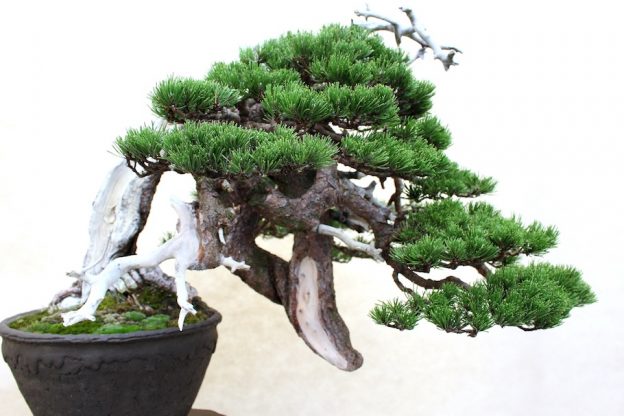What is the essential teaching of Buddhism to me? Reading a koan commentary recently, the line “keep watching until the end” struck a chord with me, and it sums up the most influential Buddhist teaching in my life so far. The first part of the sentence is similar to many teachings, about awareness, mindfulness and so on. Throughout scriptures and books are frequent injunctions to pay attention to what is happening, and to the workings of our minds. This business of getting curious about my life, getting really interested in what is actually going on and why I am choosing to do what I do has changed the questions I ask myself from “why do I feel this way?” to “how do I actually feel?” and even “what part of me is choosing to feel this way? What am I getting out of it?”
The emotional landscape I live in is vaster and more varied than the words I have to describe it with. That’s why, increasingly, I find it hard to talk about what I experience. I can talk about feeling sad, for example, but when I get interested in the emotion, when I watch it closely, I see that it is a unique feeling. It can be called sadness in the same way that a pine with needles in pairs is called a Scots pine, but no two Scots pines are actually alike. The classification exists in my mind, and the reality is that each tree is entirely its own entity. By watching my emotions, ideas and beliefs, I see the same thing. General words describe them, but they vary infinitely, and what looks unpleasant at first glance can have hidden depths that reveal more creative and generous dimensions. Watching sadness without calling it sadness, feeling out what it’s really like, can transform it into a poignant sense of beauty, and a deeper appreciation of life and the people I share it with.
That brings me to the second part of the sentence, “keep watching until the end.” It is not clear quite what the end means, but I know it made the phrase jump out at me, in a way that just “keep watching” by itself would not have. I think it’s good to know there is an end. It’s not just a continuous process of paying attention to the breath, physical sensations, thoughts, emotions, responsibilities, for ever without anything changing. Watching something that’s frozen can melt it. Watching something that is stuck can free it to move. Watching anything, including ideas about what I understand, I see it change. In other words, paying attention to what is going on, with a lively curiosity, keeps things fresh.

